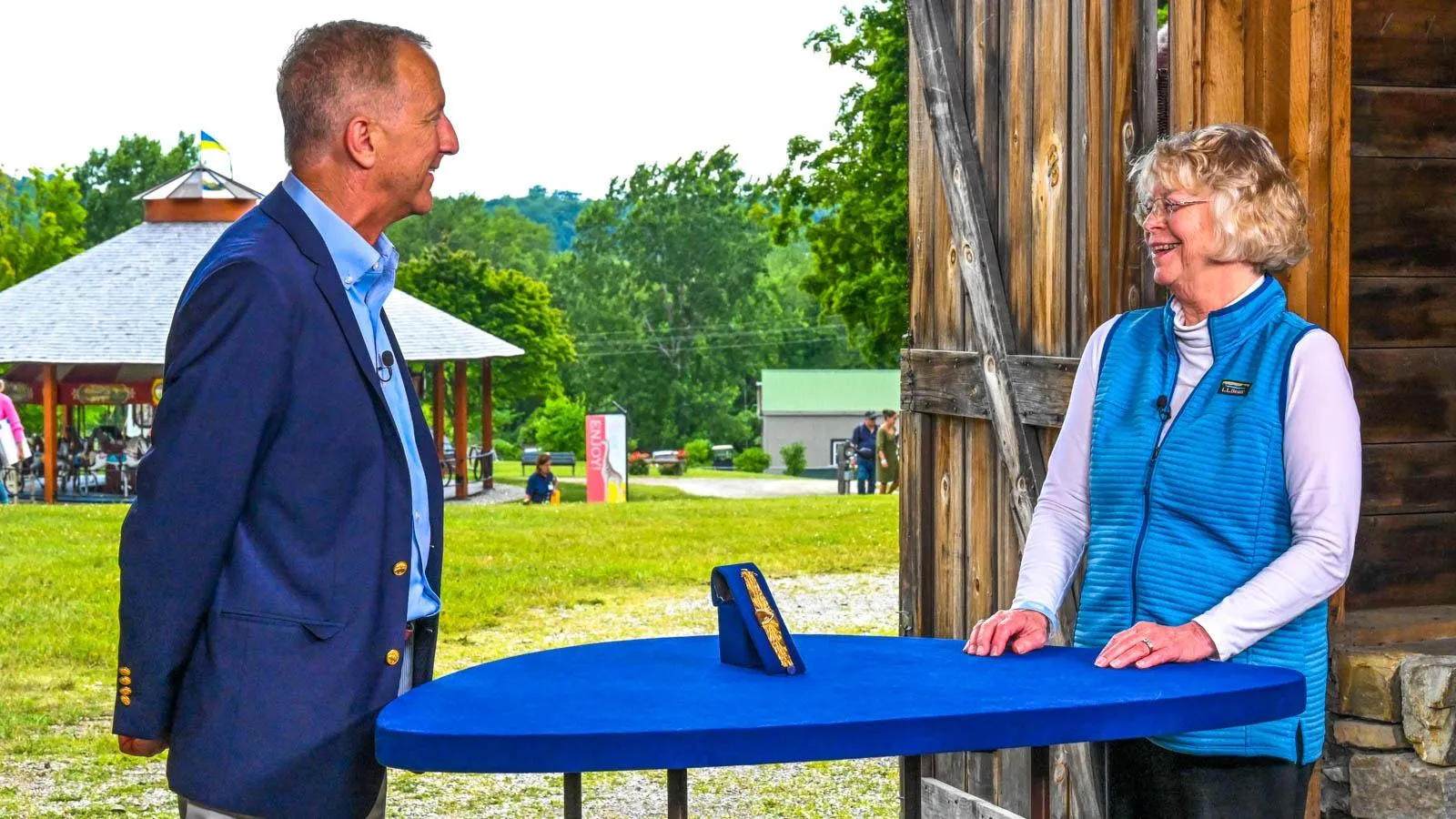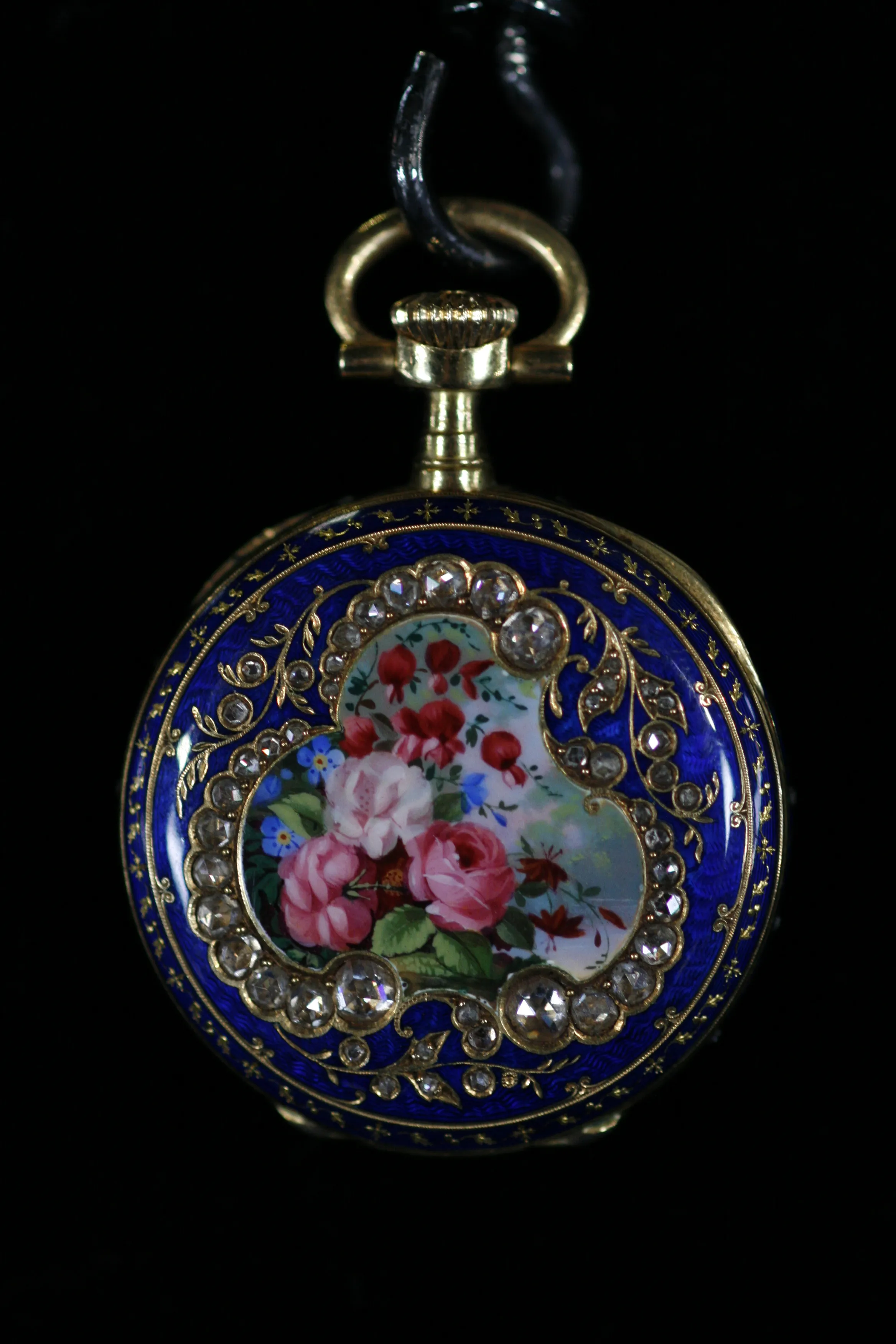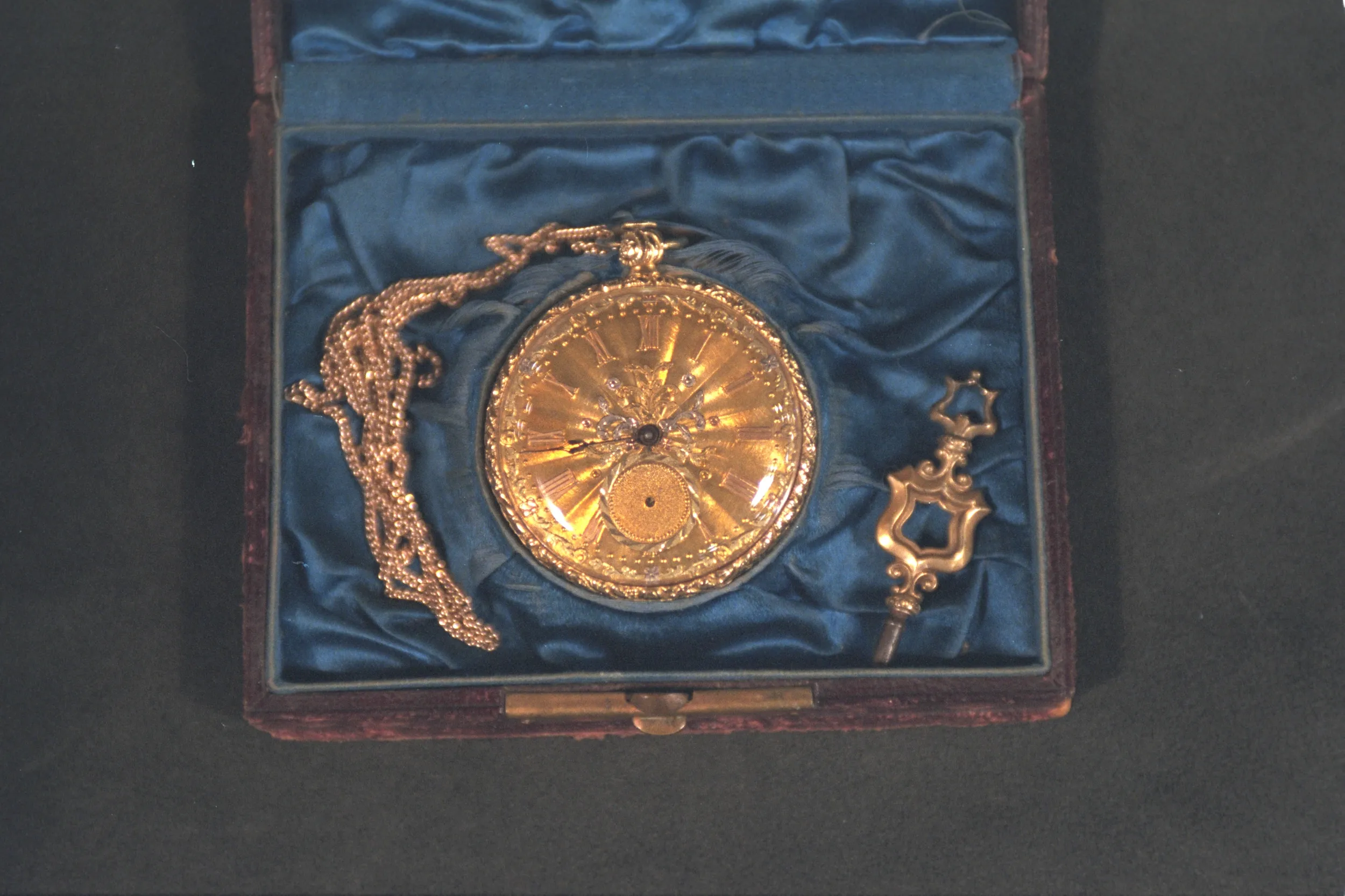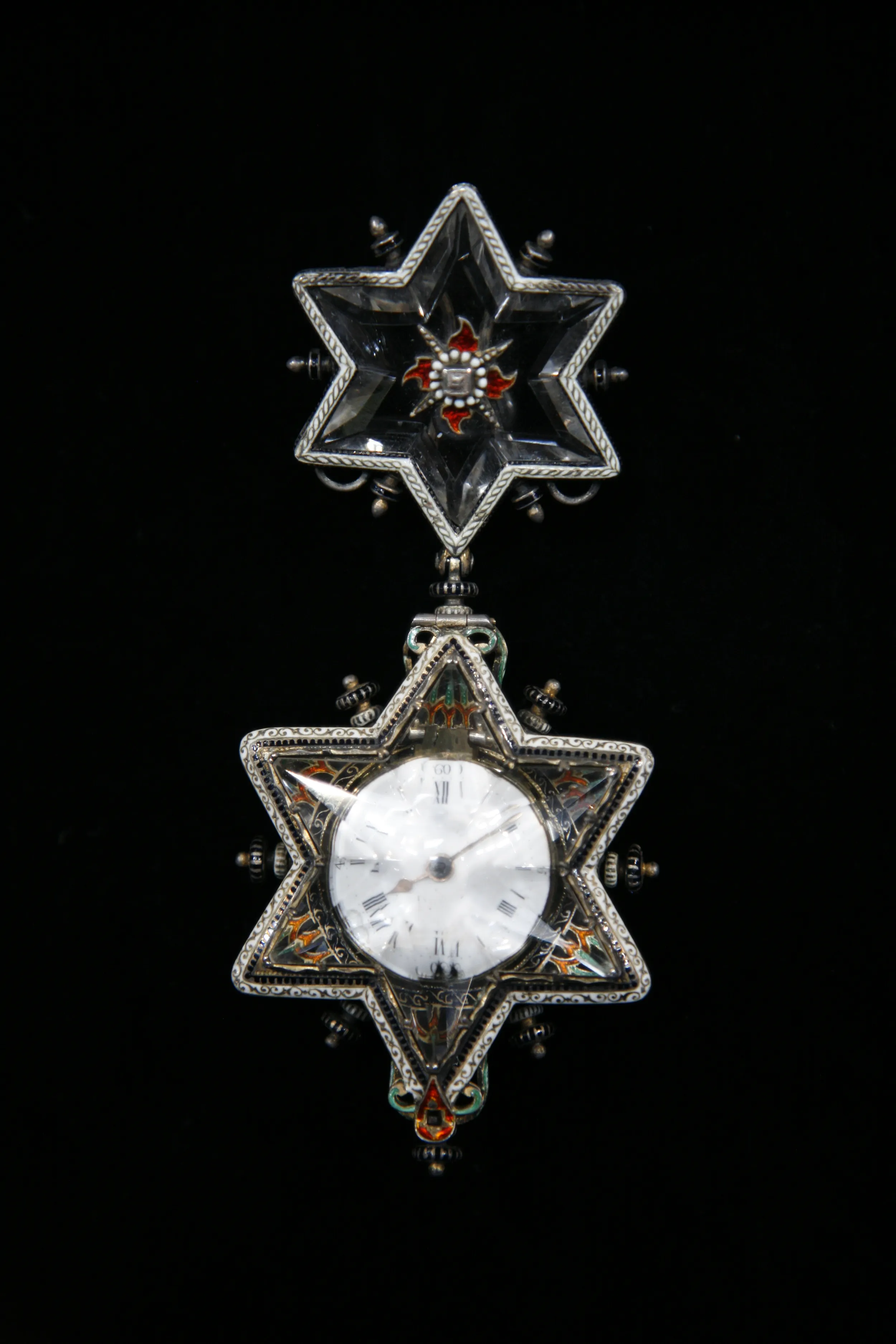1889 Tiffany & Co. Makers Carriage Clock
GUEST: As far as I know, it's a carriage clock. My uncle bought it in around 1956, '58, in Sturbridge, Mass., at a antique shop.
APPRAISER: It's designed to be portable, and this is a very unusual example. The vast majority of carriage clocks that were manufactured were manufactured in and around the 1885, 1880s, up until about 1900, 1910.
GUEST: Okay.
APPRAISER: The vast majority of those, overwhelmingly so, are of French origin. This clock was made by Tiffany Makers in...
GUEST: Tiffany Makers?
APPRAISER: In New York City.
GUEST: You're kidding! No, no. (whispers): Oh, my God.
APPRAISER: Tiffany and Company Makers was a division of Tiffany and Company. Uh, Tiffany and Company started in 1837 by Charles Tiffany. And at, at first, they were buying a lot of European products and selling them under their own name. And as business evolved, and they built a reputation, they started to bring a lot of the manufacturing in-house. And it wasn't until 1879 that they started a clock division. They started to make their own clocks. It was headed by Joseph Lindauer, who was a master clock maker. This clock was made in that firm, and it was made by a Mr. Wagner, and it was completed on March 29, 1889.
GUEST: Is that somewhere in here?
APPRAISER: It's not.
GUEST: (laughing): Okay.
APRAISER: There's a clue to that, because the Tiffany records ex, actually exist. And if you turn this clock around and open the back, there's a number here.
GUEST: Okay.
APPRAISER: And that number coincides with the records that are at the New York Historical Society.
GUEST: Really?
APPRAISER: And it tells us the date that it was manufactured, the type of clock that was made, which matches this clock.
GUEST: Yeah.
APPRAISER: And it also tells us what it originally cost them to produce it for Tiffany and Company. Tiffany Makers made 829 clocks.
GUEST: Of exactly this one.
APPRAISER: No.
GUEST: No.
APPRAISER: 829 clocks in total.
GUEST: Oh, okay.
APPRAISER: Okay?
GUEST: Wow, that's not many clocks.
APPRAISER: They only made 91 what we call carriage clocks.
GUEST: Mm-hmm.
APPRAISER: And this is one of 91.
GUEST: (whispers): Wow.
APPRAISER: Very wealthy people would take these on trips with them, and it was not only a useful item where they would tell the time while they were traveling, but it was also something that showed a level of status. And this has the alarm function.
GUEST: Mm-hmm.
APPRAISER: This dial down here is an alarm.
GUEST: Yeah.
APPRAISER: And you can use it as an alarm clock. Another clue that it does something special, that it has this button on top, which is a repeat button. And when we turn it back around, we start to see that there is a number of things in here, including the three hammers, one for the alarm, two for the striking mechanism, and it strikes all on gongs. And if we turn it on its back, we can see it has this lever with three positions. That tells us that it's a grande sonnerie example, which is one of the more complicated versions that they made. This clock not only strikes the hour, but it also strikes the quarter-hour, and, if you press the repeat button, it will strike the last hour and the last quarter-hour, so that you don't have to light a candle in the middle of the night to know what time it is.
GUEST: Okay. That's very...
APPRAISER: So it's very, very complicated. The case is wonderfully designed. It has these wonderful spiral columns. It's brass and it has been fire-gilt. Tiffany Makers charged Tiffany and Company $107.13 to make this.
GUEST: (chuckles)
APPRAISER: In 1889. Do you have any idea on how much your uncle paid for this clock?
GUEST: My uncle told me he paid $400 for it. My father, his brother, told him he spent too much on it. (chuckles):
APPRAISER: Do you have any estimate on what the value of this might be?
GUEST: (sighs): $3,000, maybe?
APPRAISER: Well, $3,000 would be a good guess for something that was French-made grande sonnerie. Fairly standard, $3,000, $3,500. I feel really confident to tell you that conservatively, this clock probably has a value, in the retail marketplace, along with its case, of in the $10,000 price range.
GUEST: (laughing): You're kidding me! Oh, my God! Holy cow, I guess it was worth carrying around all day. (both laugh)
APPRAISER: Not only a workout, but worth the value.
GUEST: Wow! Holy cow! Never dreamed that, never. (ticking) (chiming)

$10,000 Retail
Photos


Featured In

episode
Shelburne Museum, Hour 2
Visit the Green Mountain State for colorful finds. One is $50,000 to $125,000!
Timepieces

appraisal

appraisal

appraisal
Understanding Our Appraisals
Placeholder






